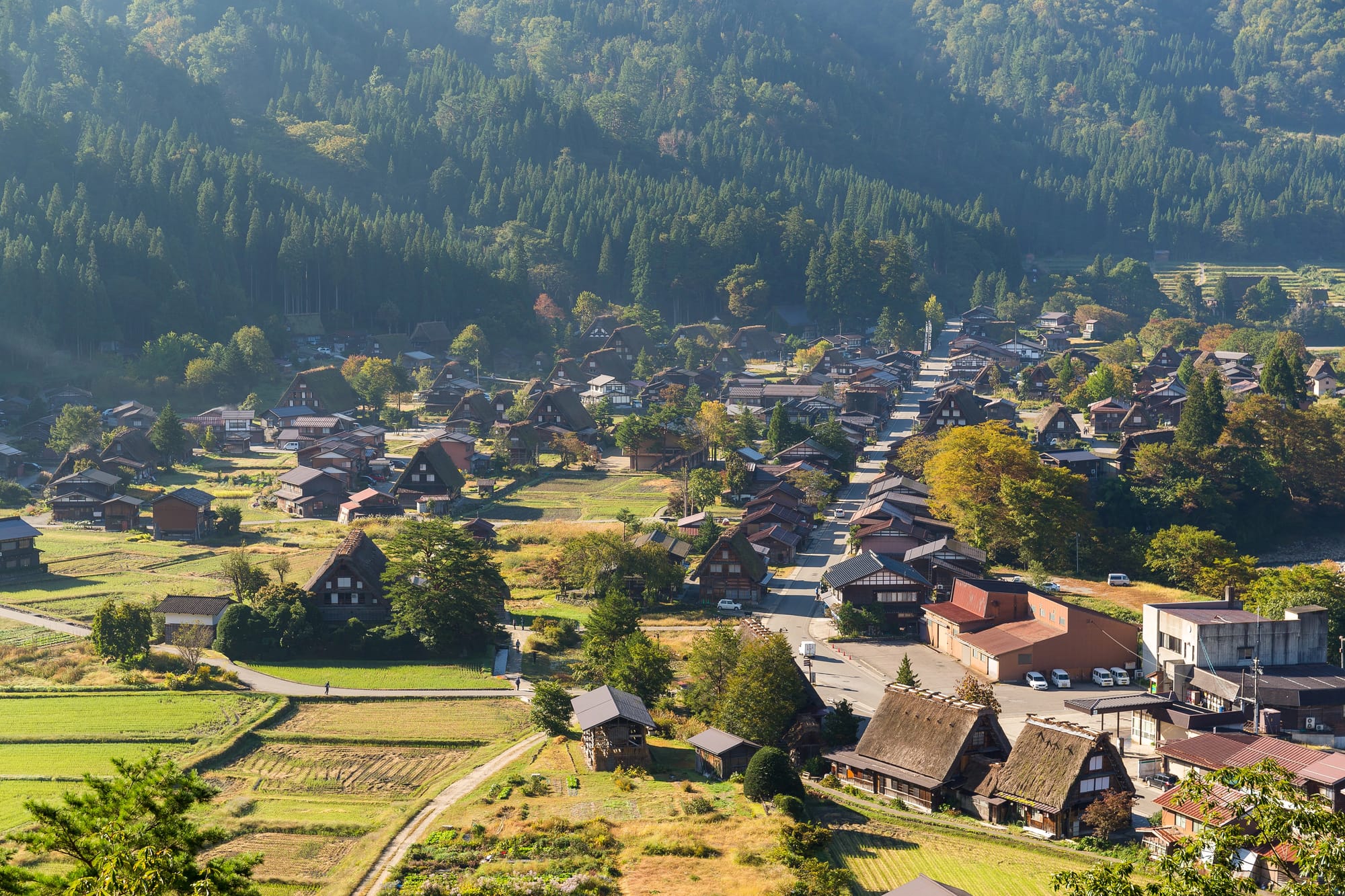In the heart of the Japanese Alps lies Shirakawa-go, a village famous for its thatched houses, called gasshõ-zukuro. Today, this region is a UNESCO World Heritage Site, and here, there are about a hundred perfectly preserved old farmhouses, some of which have been transformed into museums and others into inns. The beauty of Shirakawa-go and ►
In the heart of the Japanese Alps lies Shirakawa-go, a village famous for its thatched houses, called gasshõ-zukuro. Today, this region is a UNESCO World Heritage Site, and here, there are about a hundred perfectly preserved old farmhouses, some of which have been transformed into museums and others into inns. The beauty of Shirakawa-go and its surroundings is breathtaking.
A little further away is the "little Kyoto." It is Takayama, a small town that has maintained an atmosphere of yesteryear. Walking the alleys lined with traditional wooden houses and temples offers a fantastic spectacle. In addition, at the market, the locals' artisan talents are shown through works such as Shunkei lacquerware or lucky amulets in the shape of a baby monkey.
In Japan, fishing is an activity that provides a living for many villagers, especially in Ine. Here, the famous funaya houses, unparalleled buildings whose first level opens onto the sea, allow fishermen to keep their boats sheltered. During a visit to Ine, it is possible to find some of these funayas transformed into restaurants or accommodations.
For those who want to indulge in forest hikes, Tsumago is a must. This village is located in the Kiso Valley, and its tiny wooden houses and cobbled streets give it an incredible charm. It is one of the few places in Japan where cars are not allowed. On the other hand, hiking in the forest is entirely possible to indulge oneself in the middle of nature.
Finally, yet importantly, Ouchi-juku is savored for its fairytale landscape in winter. Again, thatched houses are present, but there are also craft shops and, for the greediest, restaurants serving Japanese specialties. ◄
